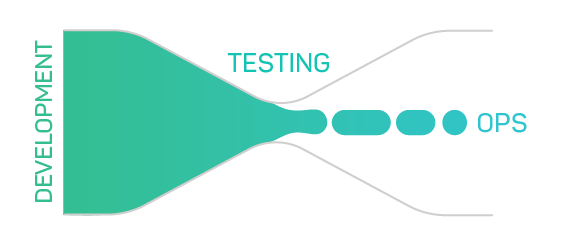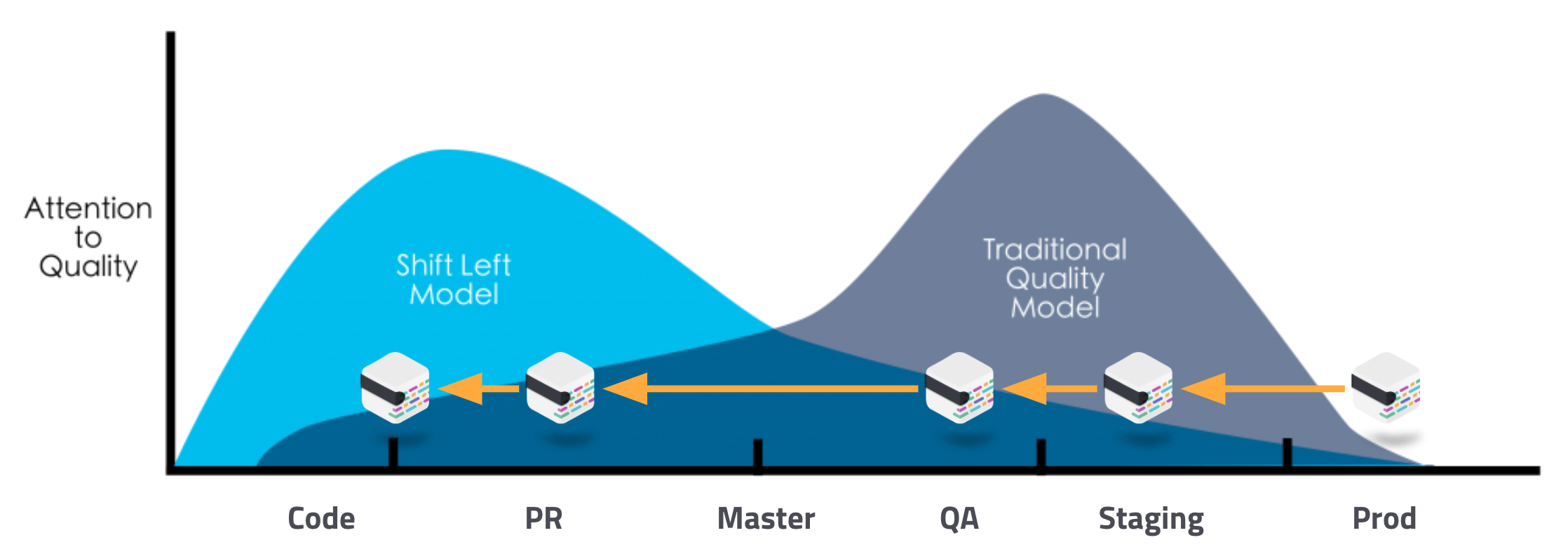While we were dreaming of sunny Orlando this spring, the mabl team was just as excited to talk testing with the community last week during STAREAST Virtual+. Looking back on all of the valuable sessions, we wanted to share a couple of key themes that emerged from the conference.
Artificial Intelligence is here to stay
AI is prevalent in all areas of our lives now, and software testing is not immune to the trend. In his keynote, Raj Subrameyer from ChaiLatte Consulting named a number of movies (2001: A Space Odyssey, Her, and Ex Machina, to name a few) that were once classified as sci-fi, but are now reality thanks to the availability of smart devices like Amazon’s Alexa and AI models like IBM Watson.
We heard through numerous conversations in the mabl booth that folks are still struggling to maintain tests. Test maintenance is an excellent application for AI; through building and running tests, AI models can easily learn subtle changes to your code over time and auto-heal.
Through the use of AI, development teams have been able to reduce the amount of time spent on maintaining tests by up to 70%. Raj addressed that AI isn’t here to take our jobs, as less time spent on repetitive tasks like test maintenance means more time spent on higher-value tasks.
Testing takes teamwork - and a seat at the table
We know how critical QA teams are to products and the organizations that develop them. They are the glue that keeps companies and products running smoothly. But historically, QA has been seen as a bottleneck. We’re all too familiar with this figure:
 To open the bottleneck, QA can’t be the only team creating tests. To do this, QA needs a seat at the table, and to advocate for a whole-team approach to testing.
To open the bottleneck, QA can’t be the only team creating tests. To do this, QA needs a seat at the table, and to advocate for a whole-team approach to testing.
Do a quick assessment of how QA is perceived in your organization. In Allyson Stuart’s talk, she discussed how to sell the value of your QA team. The key takeaway is: you are your best advocate. Socialize your team's wins internally, across the team, and to your management.
At the same time, start asking to attend all the meetings. Your calendar may not thank you, but by attending requirements discussions, sprint meetings, and planning meetings you can give QA a voice throughout the development process. As teams adopt CI/CD, the testing bottleneck will only grow. By testing earlier in development, organizations can ensure they are consistently shipping quality code.
Lastly, spend time getting to know your developers and your product teams. Pull up a virtual chair next to them to understand the developer workflow, and learn from the product team how specific features should work. By having a seat at the table and working closely with the development team, QA can help to instill a culture of quality in their organization.
Era of Democratization
Once QA teams become involved in development discussion, the next step is to democratize testing across your team. Traditional testing models have testing waiting until code reaches QA or staging environments. By shifting-left and testing at each stage of development, organizations will move faster, be more efficient, and ship a higher quality product.

With this shift, your test engineers should not be the only ones writing tests. A new era of intelligent testing tools allow organizations to test earlier in development, without asking developers to leave their workflow.
By integrating test automation into your development workflow, teams that may have previously been siloed can easily build and view test results. Leverage issue tracking tools like Jira, and collaboration tools like Slack to communicate test results and report bugs. To further break down silos in your organization, search for tools that encourage open communication and offer a unified platform to understand test results.
Our team enjoyed taking a few days away from the day-to-day to learn from the STAREAST community. Advancements in AI and shift to agile and CI/CD comes with a lot of change. One of the quotes that stood out to us from the closing keynote was: “Don’t be afraid of change, be afraid of not changing.” This is a really exciting time to work in QA, and with that comes great opportunity that we look forward to tackling as a community.
If you’re looking for ways to democratize testing and drive the need for testing earlier in the development lifecycle, check out The Complete Guide to Shift-Left Testing.





